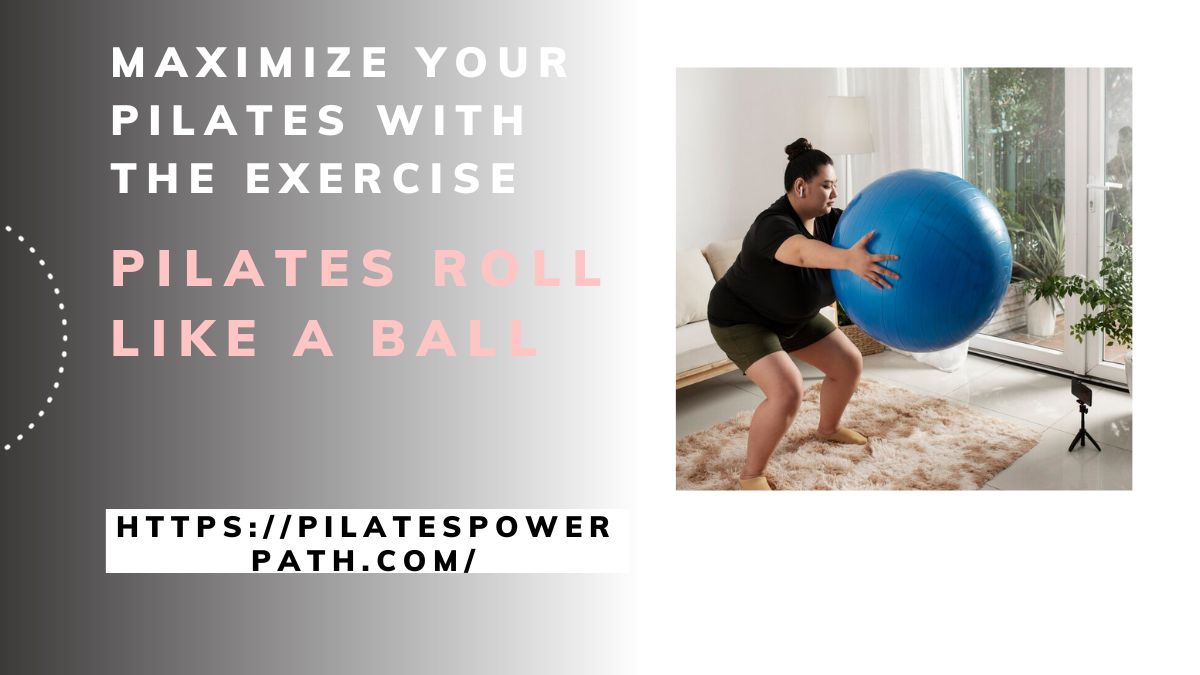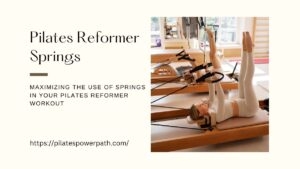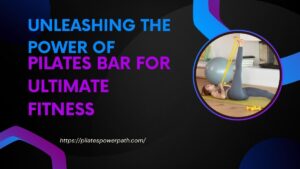Pilates Roll Like a Ball is a physical fitness system that was developed in the early 20th century by Joseph Pilates. Conceived during World War I to improve the rehabilitation program for returning veterans, Pilates believed that physical and mental health were interrelated. His method, which he and his wife Clara established through their New York studio, has evolved and integrated into mainstream fitness.
Roll Like a Ball is a classic Pilates exercise that targets the abdominals, improves balance, and promotes control of the body. It’s performed by sitting up on the sit bones, drawing the knees into the chest, and rolling back and forth on the spine while maintaining the rounded ball shape of the body. This exercise can be modified to accommodate different levels of fitness and flexibility.
Incorporating the Roll Like a Ball exercise into your Pilates routine offers multiple benefits. It provides a gentle massage to the spine, helps improve balance, and strengthens the core. The controlled movement required to maintain the body in a ball shape increases mind-body awareness, which is a fundamental principle of Pilates. Moreover, it’s a fun way to add dynamism and challenge to your workout.
Understanding the Technique
Mastering the Roll Like a Ball exercise involves a keen understanding of technique, primarily focusing on alignment, breathing, and movement execution.
Proper alignment and posture
To begin, sit tall on your sit bones, bring your knees towards your chest, and hold your ankles. Pull your abs to your spine to create a ‘C’ curve with your torso. Your shoulders should be relaxed, your chest broad, and your gaze towards your belly.
Breathing techniques during the exercise
Breathing is integral to all Pilates exercises, and Roll Like a Ball is no exception. As you roll back, inhale deeply, and as you roll up, exhale fully. This rhythmic breathing pattern aids in maintaining control and balance throughout the movement.
A step-by-step breakdown of the movement
- Start in a seated position, with your knees drawn towards your chest and your hands holding your ankles.
- Inhale as you roll back onto your shoulder blades, keeping your ball shape intact.
- Exhale as you roll forward, using your abdominal muscles to stop the momentum just before your feet touch the floor. This is one repetition. Aim for a series of 8-10 for a comprehensive core workout.
Approaching the Roll Like a Ball exercise with a proper understanding of its technique not only enhances its effectiveness but also ensures safety, preventing any undue strain on the spine.
Read More: Pilates Ring Exercises: Maximize Your Workout
Preparing for Roll Like a Ball
Proper preparation is crucial for effectively performing the Roll Like a Ball exercise. This includes warming up your body, ensuring you have the necessary equipment, and making necessary adjustments for beginners or people with certain limitations.
Warm-up exercises to loosen up the spine and core
Before diving into Roll Like a Ball, engage in a few warm-up exercises to loosen your spine and core. These could include Cat-Cow stretches for spinal flexibility, gentle twisting postures to awaken the core, and knee-to-chest stretches to open up the lower back.
Necessary equipment and space considerations
While Pilates exercises like Roll Like a Ball don’t require much equipment, a good-quality Pilates mat will provide proper cushioning for your spine during the exercise. Additionally, ensure you have enough space around you to move freely and safely.
Modifications for beginners and individuals with limitations
If you’re a beginner or have physical limitations, don’t worry – Roll Like a Ball can be modified. Beginners can keep their feet on the floor while rolling back until they build enough strength and control. Those with back issues can limit their range of motion while rolling, and pregnant women can perform the exercise with their backs against a wall for additional support. Remember, Pilates is about control and precision, not about pushing your body into discomfort or pain. So, listen to your body and modify it as needed.
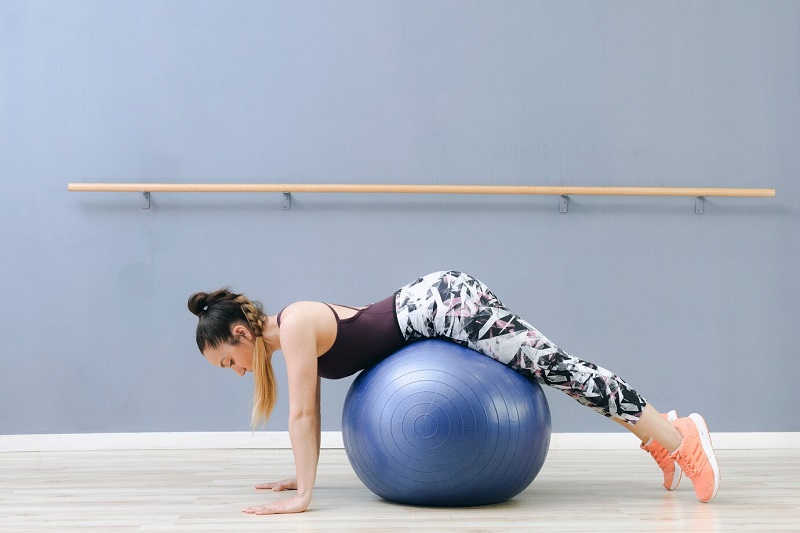
Executing Roll Like a Ball
Executing the Roll Like a Ball exercise requires a combination of core engagement, balance, and rhythm. It’s not about speed; instead, the focus should be on maintaining control throughout the movement.
Core engagement and control
The key to executing Roll Like a Ball successfully lies in your body’s core. Engage your abdominal muscles throughout the exercise, using them to control your momentum as you roll back and forth. Imagine your core as the anchor keeping your body stable and centered.
Finding balance and rhythm
Finding a rhythm that works for you can make the exercise more manageable. Try to synchronize your movements with your breath – inhaling as you roll back, exhaling as you roll forward. This can help you find a balance and rhythm that makes the exercise flow more smoothly.
Common mistakes and how to avoid them
Despite its simplicity, it’s common to make a few mistakes when starting the Roll Like a Ball exercise. Here are some to watch out for and how to avoid them:
- Holding breath: Breathing deeply and rhythmically helps maintain control and balance, so don’t hold your breath. Remember to inhale as you roll back and exhale as you roll up.
- Using momentum, not muscle: Relying on momentum to get you through the exercise means you’re not engaging your core sufficiently. The exercise should be controlled and precise – think quality over speed.
- Tensing your neck and shoulders: Keep your upper body relaxed. Tensing up can lead to discomfort and strain, and detracts from the focus on the core.
By avoiding these common mistakes and focusing on proper technique, you’ll be able to perform the Roll Like a Ball exercise effectively and safely while maximizing its benefits.
Advanced Variations and Progressions
As you start to master the standard Roll Like a Ball exercise, you might want to challenge yourself further by incorporating advanced variations and progressions. These can help focus on specific muscle groups or increase the overall difficulty of the exercise.
Adding Challenges for Increased Difficulty
There are several ways to increase the difficulty level of the Roll Like a Ball exercise. One way is to pause at the top of the roll and balance for a few seconds before rolling back. Another variation is to extend one leg straight out as you roll up, switching legs with each repetition. These variations require more strength and control, making the exercise more challenging.
Integrating Props for Added Resistance or Support
Using props such as resistance bands or Pilates balls can add a new dimension to the Roll Like a Ball exercise. For example, a resistance band looped around your feet can provide added tension, requiring you to engage your core more intensively. A Pilates ball, on the other hand, can offer support for your lower back, making the exercise more comfortable for those with physical limitations.
Exploring Variations to Target Specific Muscle Groups
Different variations of the Roll Like a Ball exercise can help you target specific muscle groups. If you want to focus on your obliques, try incorporating a twist into the roll, turning your torso to one side as you come up. For a greater lower abdominal challenge, try performing the exercise without using your hands to hold your legs.
Remember, these advanced variations and progressions should only be attempted when you feel comfortable and safe with the standard Roll Like a Ball exercise. Always prioritize control and precision over speed and difficulty.
Benefits of Roll Like a Ball
The Roll Like a Ball exercise in Pilates is much more than just a fun movement, it comes with several benefits that improve physical and mental health.
Strengthening the core and back muscles
The primary advantage of the Roll Like a Ball exercise is its ability to strengthen both your core and back muscles. As you perform the exercise, you’re engaging these muscles, leading to improved muscle tone and strength over time. This not only enhances your physical appearance but also aids in improving posture and reducing the risk of back injuries.
Improving balance, coordination, and flexibility
In addition to strength training, Roll Like a Ball also helps improve balance and coordination. As you roll back and forth, you’re challenged to maintain control and stability, which helps enhance your balance skills. Simultaneously, coordinating your movement and breath fosters better mind-body connection, improving overall motor coordination. Furthermore, the motion of rolling stretches your spine and muscles, promoting flexibility.
Stress relief and mental focus through mindful movement
The mindful aspect of Pilates, including Roll Like a Ball, aids in stress relief. Focusing on your movement and breath brings you to the present moment, acting as a form of meditation. This mindfulness can help relieve stress and anxiety, promoting mental wellness. Plus, this focused attention during the exercise improves mental concentration and focus, which could be beneficial in other areas of your life as well.
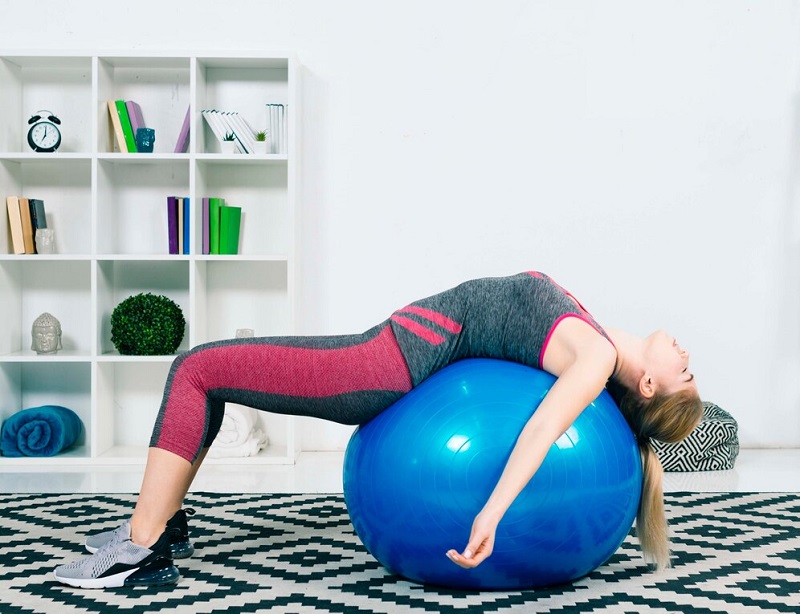
Incorporating Roll Like a Ball into a Routine
Sample Pilates Routines Integrating Roll Like a Ball
The Roll Like a Ball exercise is a versatile movement that can easily be incorporated into existing Pilates routines. For instance, it can form part of a warm-up sequence or serve as an effective transition between ground and standing exercises. A sample routine might include exercises such as the Pilates Hundred, Single Leg Stretch, and Criss-Cross before progressing to Roll Like a Ball.
Frequency and Recommended Sets/Reps
The frequency of Roll Like a Ball within your routine will depend on your fitness level and goals. As a general guideline, it can be beneficial to include this exercise in your Pilates routine 2-3 times per week. In terms of sets and repetitions, aim for 3 sets of 8-10 reps, focusing on controlled, smooth movements.
Combining with Other Pilates Exercises for a Comprehensive Workout
For a comprehensive workout, you can combine Roll Like a Ball with other exercises to target different muscle groups and aspects of fitness. For example, pair it with the Pilates Teaser for core and balance work, the Swimming exercise for back strength and mobility, or the Saw for spinal rotation and hamstring flexibility. This combination approach allows for a balanced, full-body workout that enhances overall physical fitness.
Safety Precautions and Contraindications
Pre-existing conditions or injuries to consider
Before beginning the Roll Like a Ball exercise, it’s essential to consider any pre-existing conditions or injuries that might affect your ability to safely perform the movement. Conditions such as osteoporosis, disc issues, or recent surgery can affect your ability to roll without pain or risk of further injury. If you fall into these categories, modifications or alternatives to the Roll Like a Ball exercise may be more appropriate.
Listening to your body and avoiding overexertion
Like all exercises, it’s crucial to listen to your body during the Roll Like a Ball practice. If you feel pain or discomfort beyond the normal exertion of the exercise, it’s important to stop and rest. Overexertion can lead to injury and ultimately hinder your progress. It’s better to perform fewer repetitions with correct form than to risk injury by pushing past your limits.
Consulting with a professional before starting a new exercise regimen
Finally, if you’re new to Pilates or have any health concerns, it’s wise to consult with a healthcare professional or a certified Pilates instructor before starting a new exercise routine. They can guide safe and effective exercise practices, helping you to get the most out of your workouts while minimizing the risk of injury. When it comes to physical fitness, safety should always be your top priority.
Conclusion
To reap the abundant benefits of the Roll Like a Ball exercise, it is key to integrate it into your regular Pilates routine. This exercise not only fortifies your core and back muscles, but also enhances your balance, coordination, and flexibility. Moreover, the mindful movement involved serves as a powerful stress reliever and improves mental focus. By embedding this exercise into your Pilates regimen, you can relish a comprehensive workout that covers different muscle groups and fitness facets.
Remember, it’s not about how many repetitions you can do, but about the quality of each one. Pay attention to your body and avoid overstraining yourself. If you’re new to Pilates or have health concerns, it’s recommended to consult with a professional before starting a new exercise routine.
Mindful movement is a cornerstone of physical fitness. The Roll Like a Ball exercise allows you to experience this firsthand, embodying the interplay of strength, balance, flexibility, and mindfulness. This exercise is not merely a physical activity but a medium for holistic well-being. So, roll out your mat and let your body and mind roll like a ball!
Frequently Asked Questions
It is crucial to ensure proper form when performing the Roll Like a Ball exercise to avoid injury and maximize the benefits. Common mistakes include using momentum rather than control to perform the role, not keeping the chin tucked, and not engaging the core.
Yes, beginners can absolutely incorporate the Roll Like a Ball exercise into their routine. However, they should start slow, possibly with a modified version, and gradually increase the intensity as their strength and balance improve. Always consult with a certified Pilates instructor if you’re unsure.
Yes, there are modifications and alternatives available for those who may be unable to perform the traditional Roll Like a Ball exercise due to physical limitations. Consulting with a Pilates instructor or physical therapist is the best way to determine the most appropriate modifications for you. It’s always important to listen to your body and prioritize safety.

